
Enrico Viarisio was an Italian theatre and cinema actor.

The Lady in White is a 1938 Italian "white-telephones" comedy film directed by Mario Mattoli and starring Elsa Merlini, Nino Besozzi and Enrico Viarisio. The film's sets were designed by the art director Piero Filippone. It was shot at the Farnesina Studios of Titanus in Rome.

At Your Orders, Madame is a 1939 Italian "white-telephones" comedy film directed by Mario Mattoli and starring Antonio Gandusio.

Invisible Chains is a 1942 Italian drama film directed by Mario Mattoli and starring Alida Valli, Carlo Ninchi and Giuditta Rissone. It was shot at the Cinecittà Studios in Rome. The film's sets were designed by the art directors Ottavio Scotti and Mario Rappini.
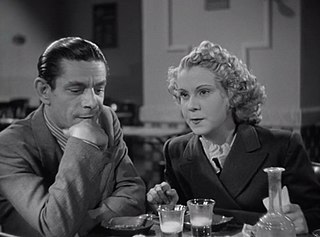
Lively Teresa is a 1943 Italian "white-telephones" comedy film directed by Mario Mattoli and starring Lilia Silvi, Roberto Villa and Carlo Ninchi. It was produced in the style of the White Telephone comedies popular during the Fascist era.

Renato Cialente was an Italian stage and film actor. He appeared in 40 films between 1920 and 1943. His younger sister Fausta Cialente (1898–1994) was a novelist, journalist and political activist.
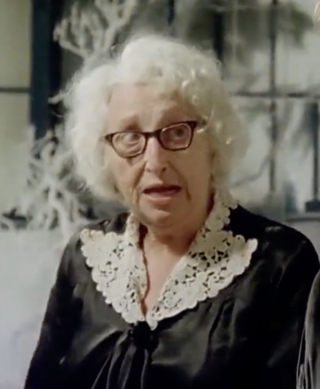
Liana Del Balzo was an Italian film actress. She appeared in 90 films between 1935 and 1979. She was born in Buenos Aires, Argentina, and died in Rome, Italy. Even making her film debut quite late, in her forty, Del Balzo was one of the most active character actresses in the Italian cinema, usually cast in humorous roles. She was also active on stage and in the operetta, in which she met her husband-to-be, the tenor Guido Agnoletti.

Gianni Agus was an Italian actor with a career in film, television, and theatre since 1938. He appeared in more than 60 films between 1938 and 1991.
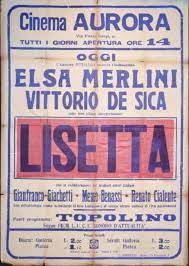
The Lucky Diamond is a 1933 Italian "white-telephones" comedy film directed by Carl Boese and starring Vittorio De Sica.
Loyalty of Love is a 1934 Italian historical drama film directed by Guido Brignone and starring Marta Abba, Nerio Bernardi and Luigi Cimara. It is based on the story of Teresa Confalonieri, a celebrated figure of the Italian reunification campaign. It was one of several films made during the 1930s that portrayed this era. It premiered at the Venice Film Festival in August 1934.
The Queen of Navarre is a 1942 Italian "white-telephones" historical film directed by Carmine Gallone and starring Elsa Merlini, Gino Cervi and Renato Cialente. It was made at the Cinecittà Studios in Rome, based on a play by Eugène Scribe. The film portrays a series of intrigues at the Madrid court of Charles V in the Sixteenth century.

It Always Ends That Way is a 1939 Italian musical comedy film directed by Enrique Susini and starring Vittorio De Sica, Nedda Francy and Roberto Rey. The film was based on a novel by Robert Dieudonné. It was shot at the Cinecittà studios in Rome with sets designed by Salvo D'Angelo.
A Qualcuna Piace Calvo is a 1959 Italian film, directed by Mario Amendola, starring Magali Noël, Antonio Cifariello, Roberto Risso and Gisella Sofio.

Thirty Seconds of Love is a 1936 Italian romantic comedy film directed by Mario Bonnard and starring Nino Besozzi, Elsa Merlini and Enrico Viarisio.
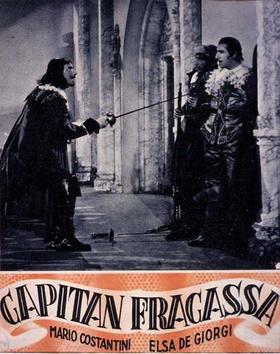
Captain Fracasse is a 1940 Italian historical adventure film directed by Duilio Coletti and starring Elsa De Giorgi, Giorgio Costantini and Osvaldo Valenti. It was made at the Cinecittà studios in Rome. The film is based on the 1863 novel of the same name by Théophile Gautier. Another adaptation Captain Fracasse was made three years later as a co-production between France and Italy.
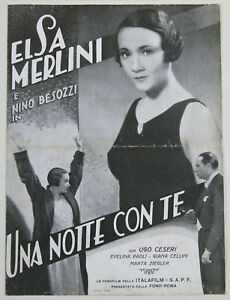
One Night with You is a 1932 Italian "white-telephones" comedy film directed by Ferruccio Biancini and E. W. Emo and starring Elsa Merlini, Nino Besozzi, and Ugo Ceseri. It was made as a MLV, with a German version Little Girl, Great Fortune also released.

A Thousand Lire a Month is a 1939 Italian "white-telephones" comedy film directed by Max Neufeld and starring Alida Valli, Umberto Melnati and Osvaldo Valenti. It is a remake of the 1936 Hungarian film Havi 200 fix. The plot concerns an electronic engineer who goes to Budapest, accompanied by his girlfriend, to work on experiments for a new television system leading to countless mix-ups.

Kean is a 1940 Italian historical drama film directed by Guido Brignone and starring Rossano Brazzi, Germana Paolieri. and Sandro Salvini. It is based on the 1836 play Kean by Alexandre Dumas portraying the life of the English actor Edmund Kean.

The Last Dance is a 1941 Italian "white-telephones" comedy film directed by Camillo Mastrocinque and starring Elsa Merlini, Amedeo Nazzari and Renato Cialente. It is considered to be in the tradition of White Telephone films, popular during the Fascist era. It is based on a play by the Hungarian writer Ferenc Herczeg and features Merlini in a dual role as mother and daughter.
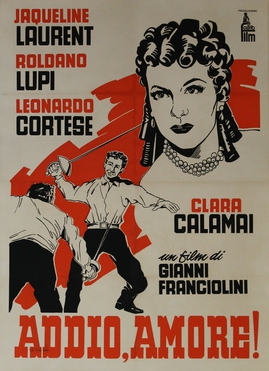
Farewell Love! is a 1943 Italian historical drama film directed by Gianni Franciolini and starring Jacqueline Laurent, Clara Calamai and Roldano Lupi. It is based on the 1890 novel of the same title by Matilde Serao.
















